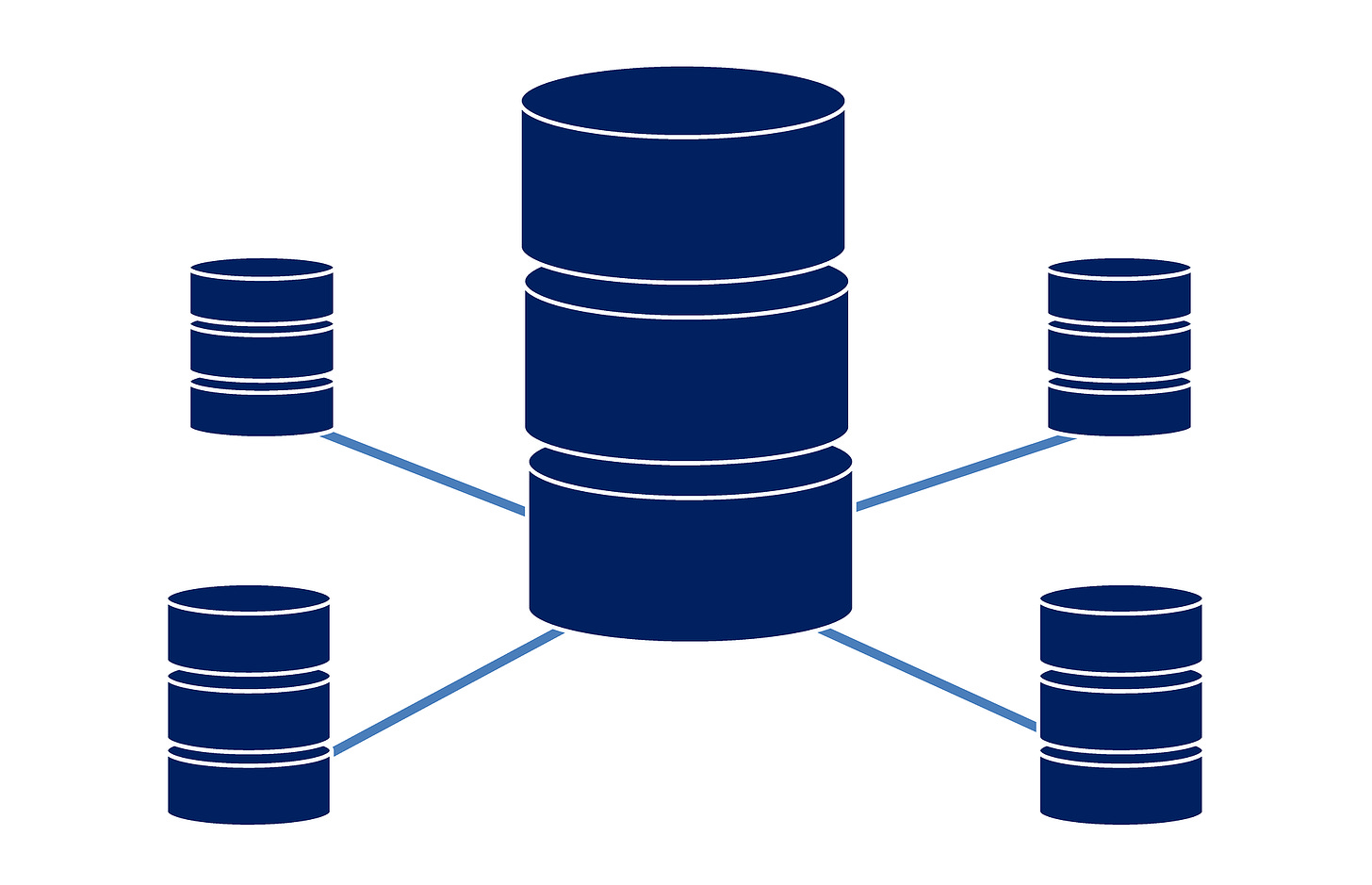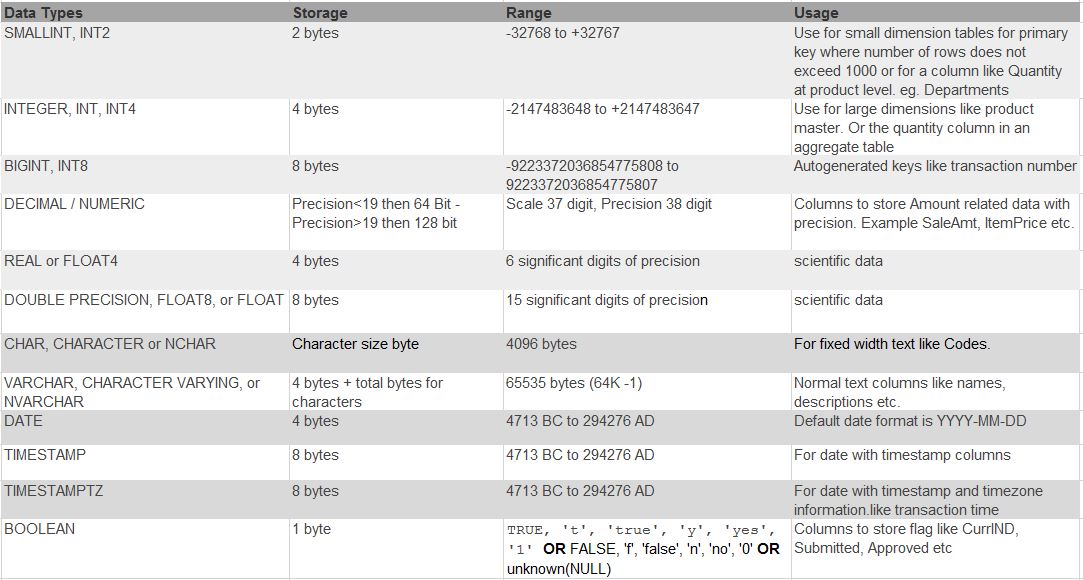
The first method of extracting data from AWS Redshift through SQL involves transfers to Amazon S3 files, a part of Amazon web services.

You can fine-tune the extraction process by leveraging AWS ’ DATA API, which simplifies access to AWS Redshift by eliminating the conventional steps required for configuring drivers and database connections. There are several highly accessible methods how to transfer data from AWS Redshift through SQL, simplifying the challenges of data migration. The versatility of AWS Redshift makes it possible to extract and load data onto other popular platforms, such as SQL -based servers.

Essentially, the efficient data warehouse can serve a major role in defining the business intelligence for eCommerce.Īlso, AWS Redshift runs with MPP (massively parallel processing), so you can expect data and query workloads to upload uniformly across all nodes, achieving rapidly efficient processes across data sources. For starters, the data warehouse uses advanced compression technology, which means that the platform enables you to store datasets regardless of schema while occupying minimal storage space. There are many benefits in choosing AWS Redshift over other competing technologies. Through PostgreSQL, you can make data-based decisions with Amazon Redshift while minimizing the overall cost of your operations.

As a modern-day decision-maker, AWS Redshift and SQL are vital components that drive your SDK. SQL is one of the most widely adopted domain languages (i.e., used by over 65 percent of data scientists and analysts ), which can help you access and interpret valuable data from AWS Redshift.


 0 kommentar(er)
0 kommentar(er)
